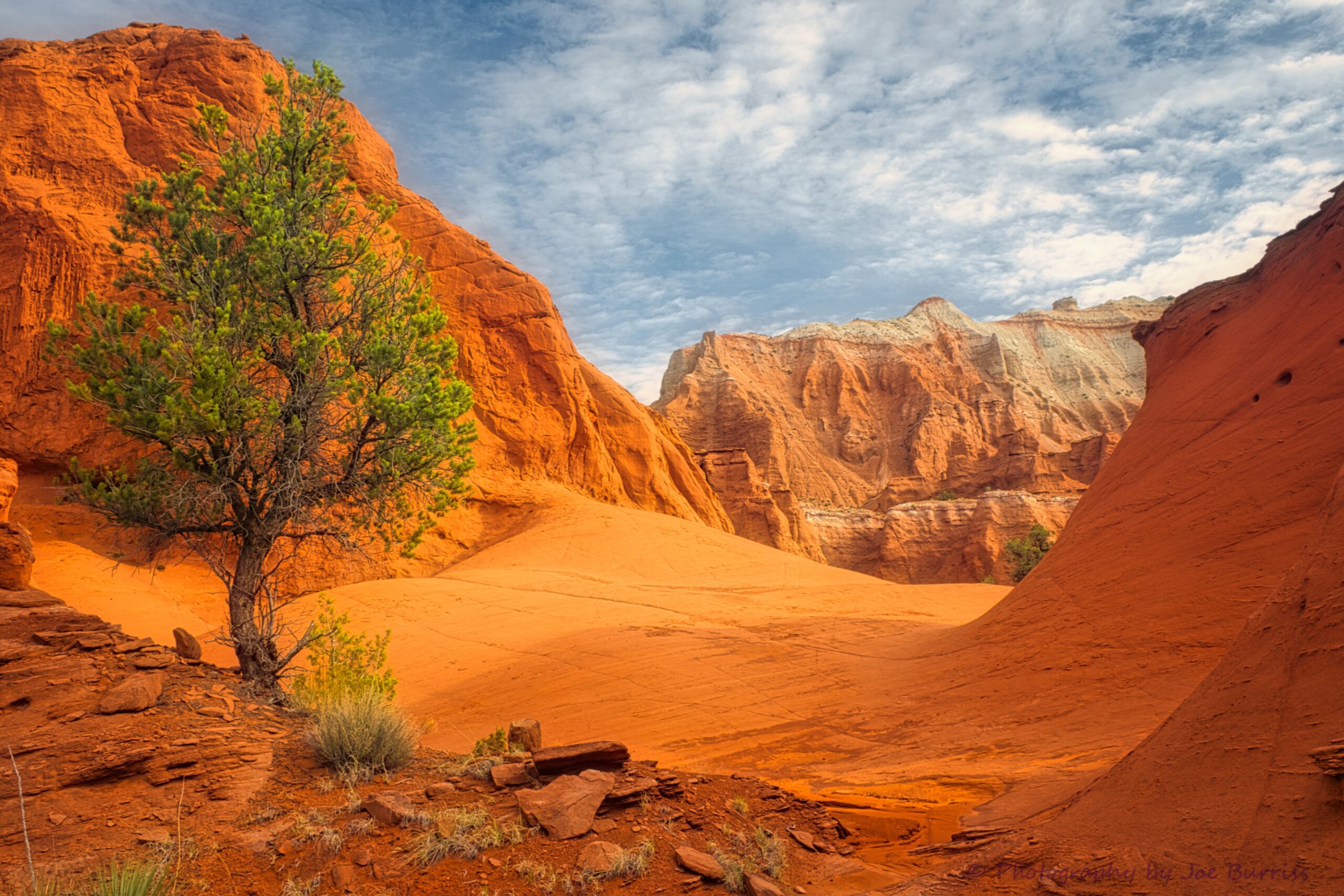
Kodachrome State Park is known for its beautiful sedimentary pipes and multicolored sandstone layers that reveal 180 million years of our earth’s history. The color and beauty found here prompted a National Geographic Society expedition to name the area Kodachrome, after the Kodak’s popular color film.
While not written about the park, Kodachrome, a song released in 1973 by Paul Simon, is now also associated with it. Kodachrome was the lead single from his album, There Goes Rhymin’ Simon. The song is also named after Kodak’s now-discontinued film, Kodachrome. The secret to Kodachrome’s success was that the film gave unrealistic color saturation. This led to pictures taken on a dull day looking as if they were taken on a sunny day, just like Paul Simon said in the lyrics below.
Kodachrome
They give us those nice bright colors
They give us the greens of summers
Makes you think all the world’s a sunny day, oh yeah
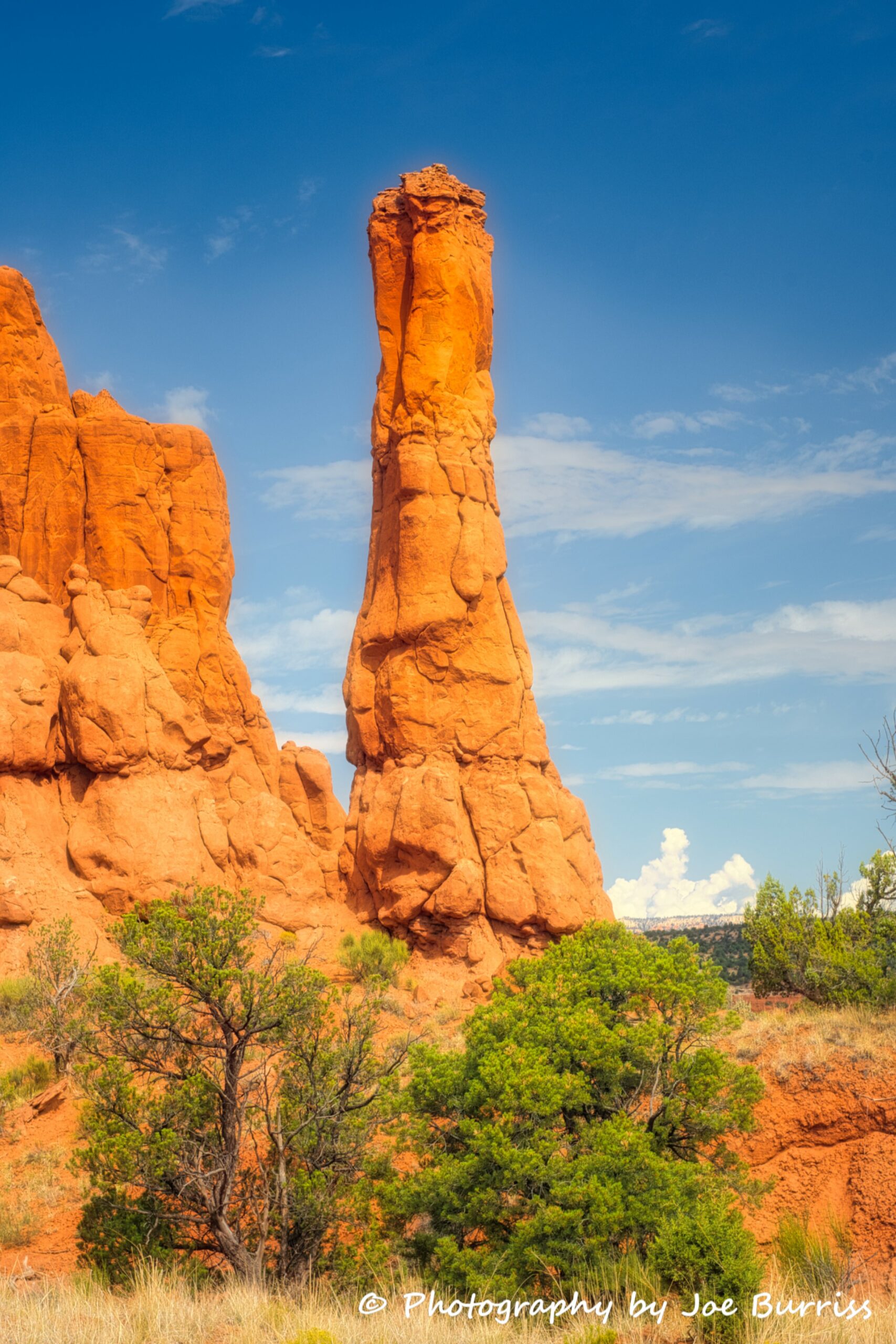
Many monolithic stone spires, called sedimentary pipes, rise randomly from the earth in the park. These pipes are a stunning feature that as far as I can determine are not found anywhere else. There are several theories about how the sedimentary pipes came to be. One of the popular theories is that the pipes are the remnants of ancient springs. The springs became choked with sediment which cemented together and were harder, hence more resistant to erosion, than the surrounding rock. The softer rock wore away over millions of years, leaving the sedimentary pipes for us to enjoy.
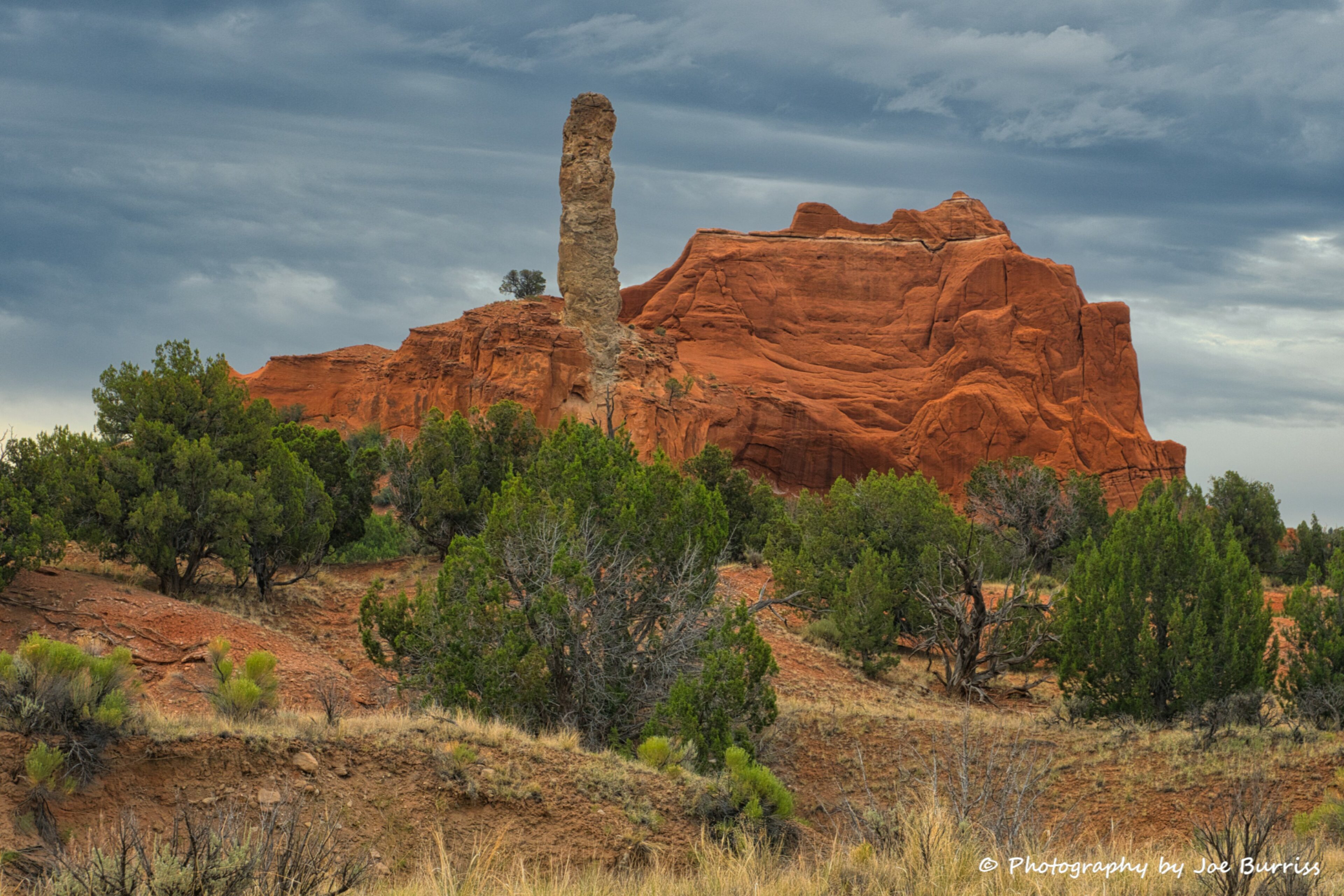
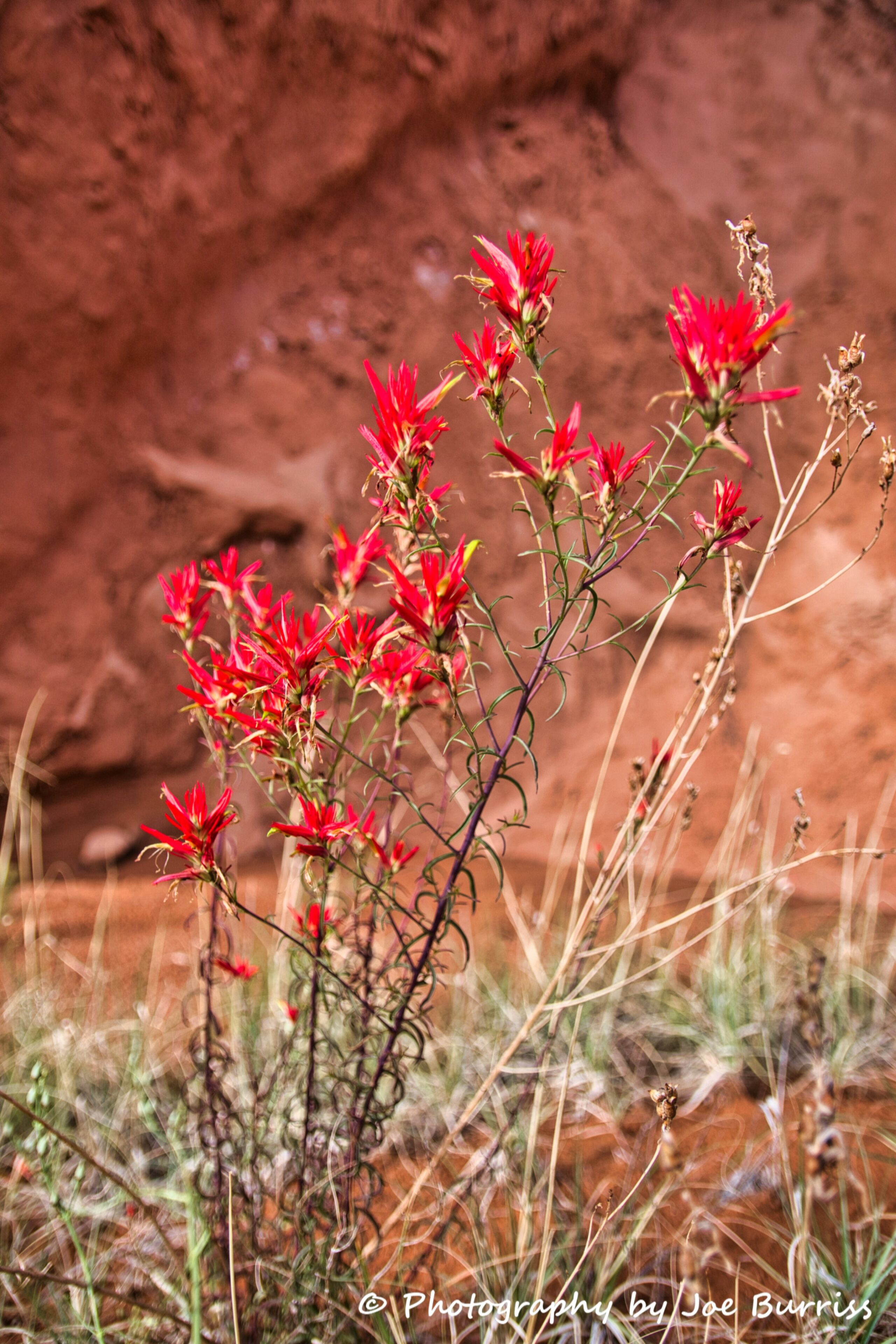
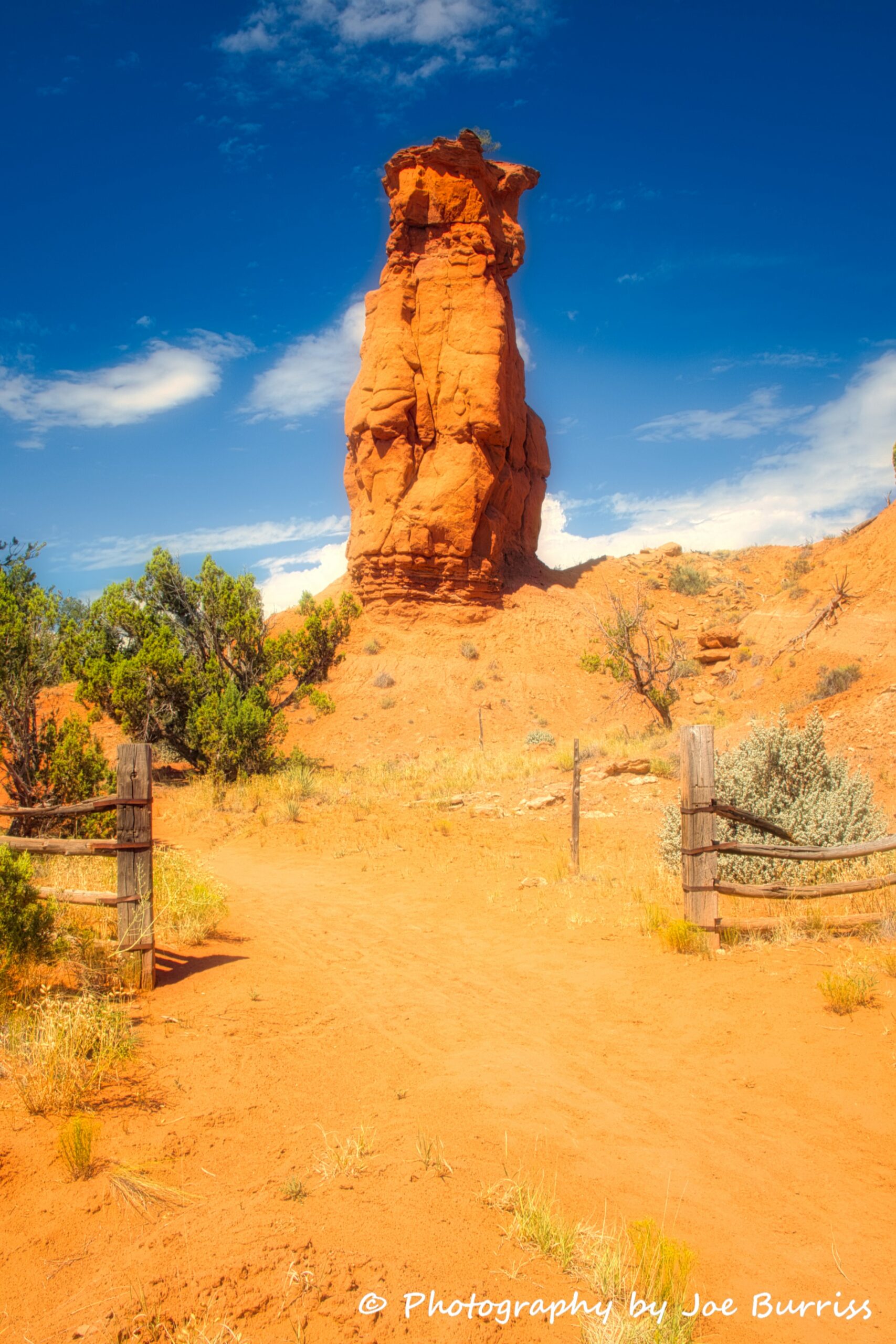
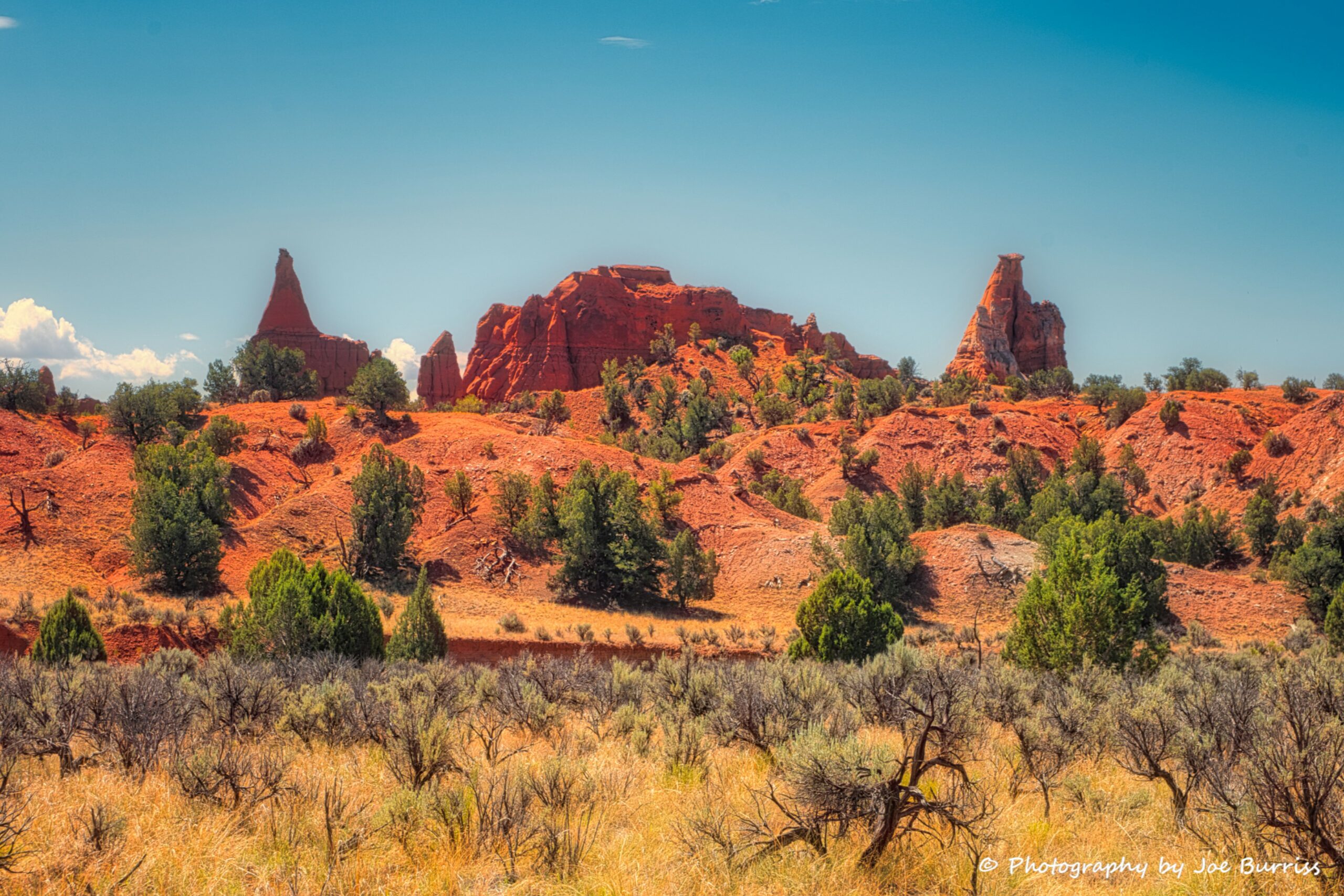
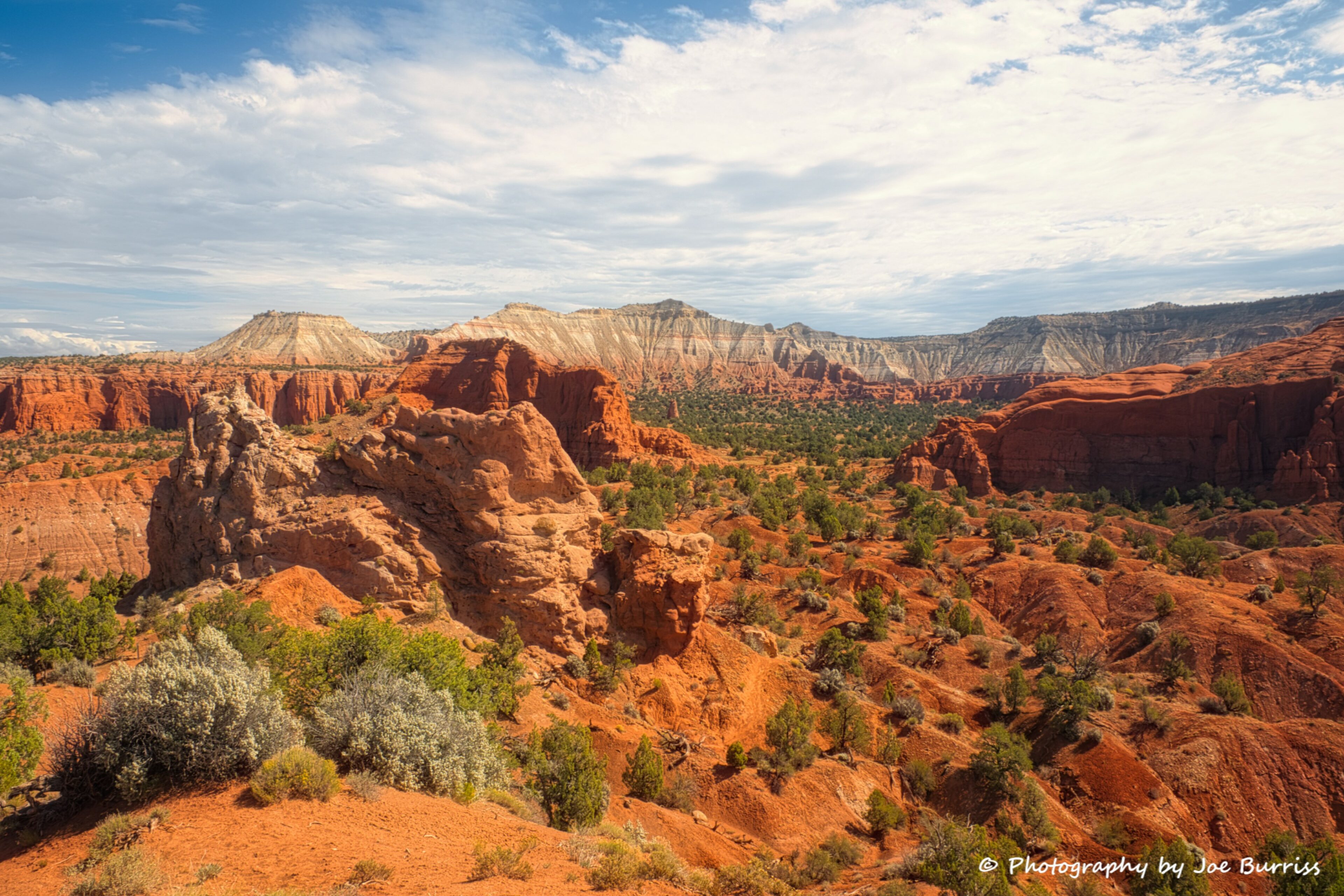
If you get to Bryce Canyon National Park, Kodachrome State Park is a short 20 mile drive for a day trip. It is well worth it to drive through the park and do one of the hikes. Kodachrome and Bryce are not on the beaten path, but there is food and fuel available both at Bryce Canyon and in Canonville, which is not too far from Kodachrome State Park. Just don’t count on anything except toilets in the park.